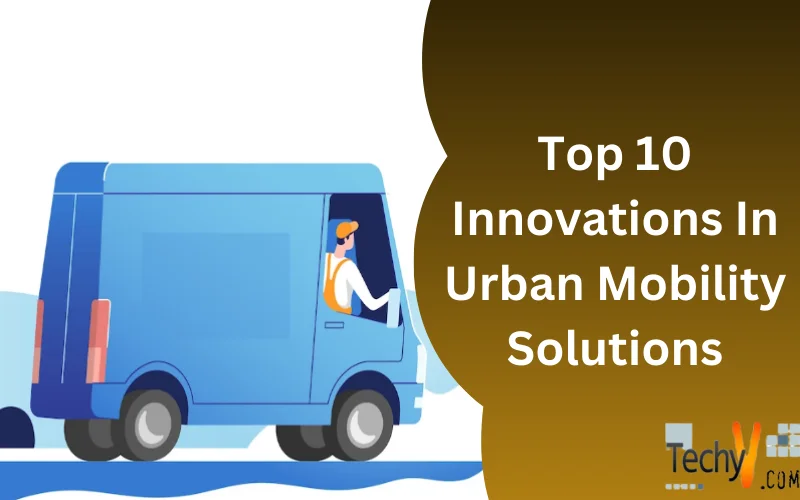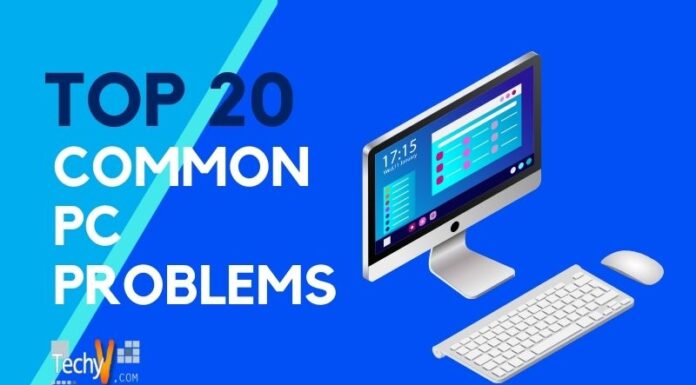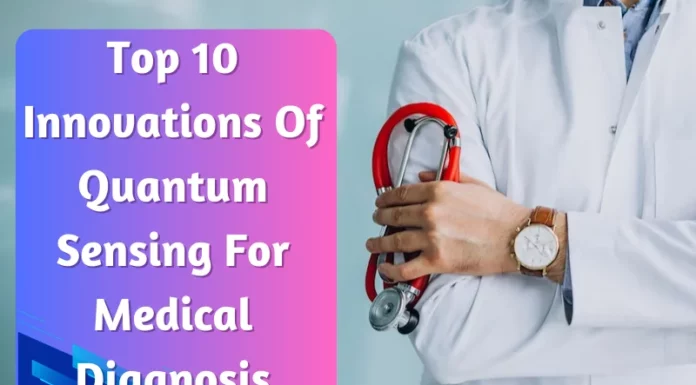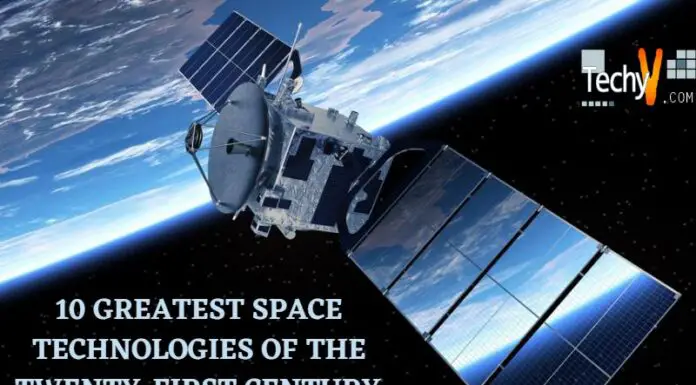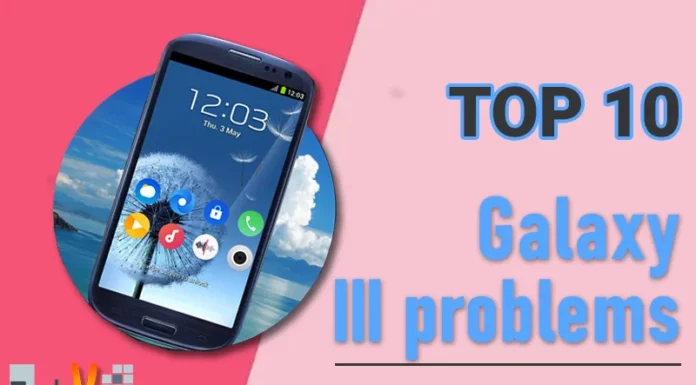The increased demand for autonomous operations, digitization, and sustainability are being met by emerging transportation trends. Autonomous cars are being adopted by the industry more often. Using advanced driving assistance systems (ADAS), light detection and ranging (LIDAR), and computer vision, startups create semi- and completely autonomous vehicles. Drones, robots, and driverless vehicles enable autonomous last-mile delivery. Large-scale electrification solutions have accelerated the development of new batteries and charging infrastructure. Other developing developments in transportation include creative methods that leverage artificial intelligence (AI), the Internet of Things (IoT), and blockchain to enhance supply chain management. Businesses often look for ways to automate logistical processes by implementing analytics platforms and transport technologies. In the transportation industry, more recent innovations like mobility-as-a-service (MaaS) and smart shipping have several uses.
1. Autonomous Vehicles
Future self-driving vehicles are gaining popularity as technology develops. Modern cars have self-driving capabilities owing to advanced technology, which makes travelling easier and safer. This post will showcase the ten cars with the most sophisticated self-driving technology. Technology has made self-driving cars more widely available to the general population. Numerous autonomous functions, such as automated steering, stopping, and accelerating, that facilitate highway driving are predicted in these vehicles.
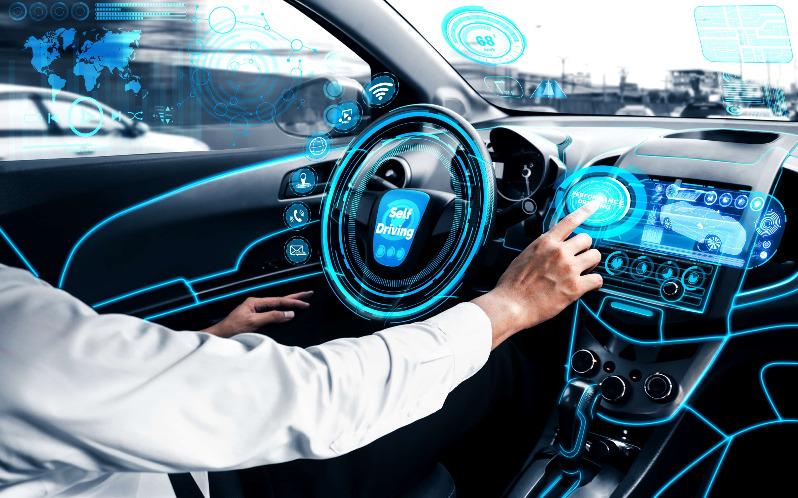
2. Green Energy
All forms of transportation, alternative fuels, and technology that lessen adverse environmental effects are all considered to be part of green energy in transportation. Because they emit fewer greenhouse gases than traditional boats, eco-friendly vessels are preferred. To decrease friction during navigation, ships are equipped with energy-efficient propulsion systems and streamlined hull designs. To lessen hazardous emissions and pollution, alternative fuels are also employed in maritime and aviation transportation, including hydrogen, liquefied petrol, synthetic fuels, and others. Additionally, since they don’t require any fuel, electric cars sustainably move things. By transporting massive amounts of cargo across great distances, trains also provide a green option by lowering the number of automobiles on the road.

3. Electric Transportation
An electric vehicle (EV) is a vehicle that uses one or more electric motors to propel it. It can be powered by a generator or fuel cell system that converts fuel to energy, a battery that is periodically recharged by solar panels, a collector system that draws electricity from extravehicular sources, or any combination of these options. Electric vehicles (EVs) include surface and submerged watercraft, electric aircraft, and electric spaceships.
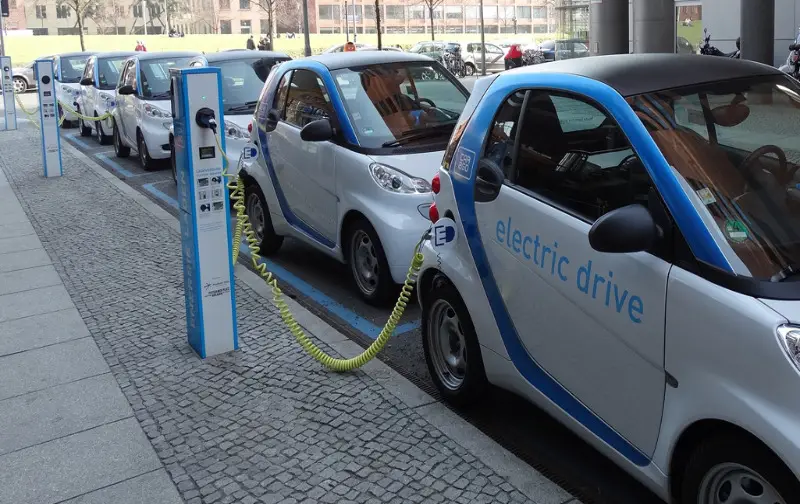
4. Artificial Intelligence
By foreseeing traffic delays, artificial intelligence improves the efficiency of transportation. Object detection and recognition are made possible by AI systems for autonomous vehicle navigation. Driver behaviour analysis uses machine learning to detect driver fatigue and boost traffic safety. The delivery of products is accelerated via AI-powered route optimisation. It digitally balances stock supply and demand, automating goods processes. Additionally, it lessens accidents and traffic congestion. AI supports autonomous ships and increases navigational safety in the maritime sector. Additionally, real-time tracking and theft detection protect the security of the goods.

5. Internet of Things
The transport sector becomes smarter thanks to the Internet of Things (IoT). IoT and embedded sensors collect vehicle data to monitor the health or efficiency of vehicles. Delivery is accelerated by IoT devices in traffic congestion systems that forecast traffic and direct trucks to quicker alternate routes. As a consequence, there will be reduced traffic congestion and energy use. Additionally, the monitoring of fuel levels, driver safety, vehicle health, and other factors is made possible by the usage of IoT in automobiles. According to the kind of traffic, connected automobiles set speed restrictions, which helps to reduce accidents. This guarantees increased road safety and a seamless flow of vehicles.

6. Mobility As A Service
Users of mobility as a service (MaaS) may plan, reserve, and pay for a variety of mobility services through a single digital channel. A transition from privately owned forms of transport to mobility as a service is outlined in the idea. By combining transport services from both public and private transport providers through a single payment gateway that creates and manages the route, this is made feasible. Users have the option of paying per journey or for a certain monthly mileage. Offering passengers mobility alternatives depending on their travel requirements is the main idea behind MaaS.

7. Blockchain
Blockchain is still a developing technology that improves visibility in the transport sector. It allows real-time asset tracking for precise planning of operations. Its decentralized structure enables transparency and prevents deceitful transactions from taking place. Blockchain-based smart contracts facilitate the successful exchange and settlement of goods. Moreover, blockchain ensures payment safety. Besides, it efficiently integrates various documents involved in the transport or logistics processes.
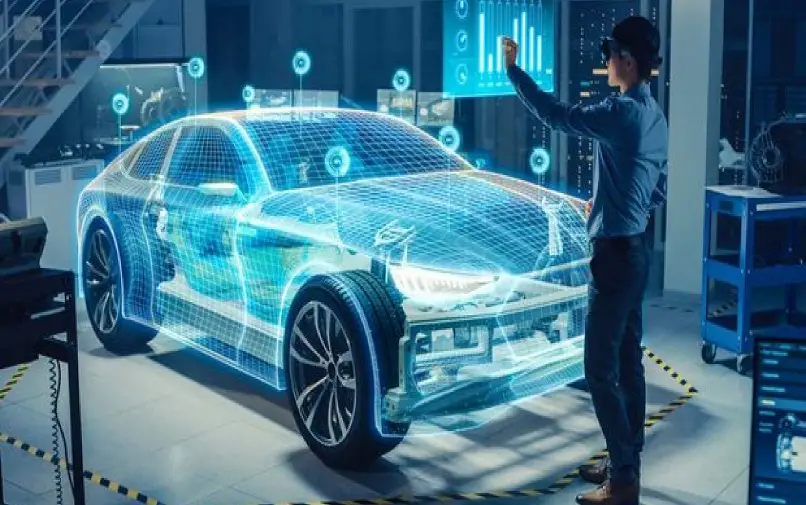
8. Transportation Management Systems
A transportation management system (TMS) is a delivery program that helps business to optimize and move their physical goods, both incoming and outgoing, and make sure the shipment is compliant, proper documentation is available. There is also a part which is a part of the SCM supply chain management system.

9. Smart Shipping
Drones were first utilized for military purposes, but increasingly small and large businesses, as well as independent contractors, use them for various functions. UAVs, often known as drones, are immensely useful in the military, consumer products, transportation, and agriculture industries. Functioning either by remote control or onboard computers, the increasing development of autonomous technologies is a boon to the drone patent landscape. Drones have been deployed primarily in a military context.
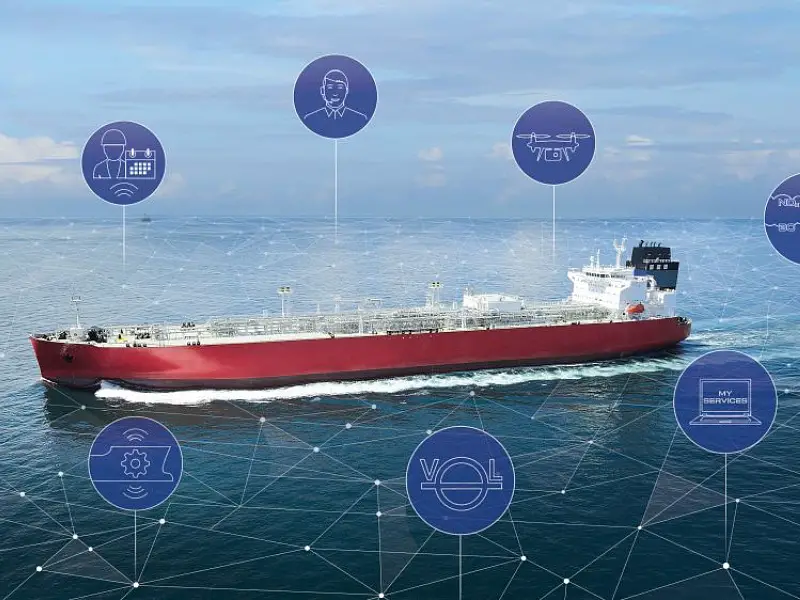
10. Last-mile Delivery
Last-mile delivery is an option for businesses to deliver products. In India, this industry is booming and will reach good revenue by 2024. Currently, US and China are at the top. The main reason for this growth is the continued e-commerce websites among the general public. A million shipments were shipped last year, which gave a big rise to this industry. Nowadays, everybody orders from the comfort of their home.




